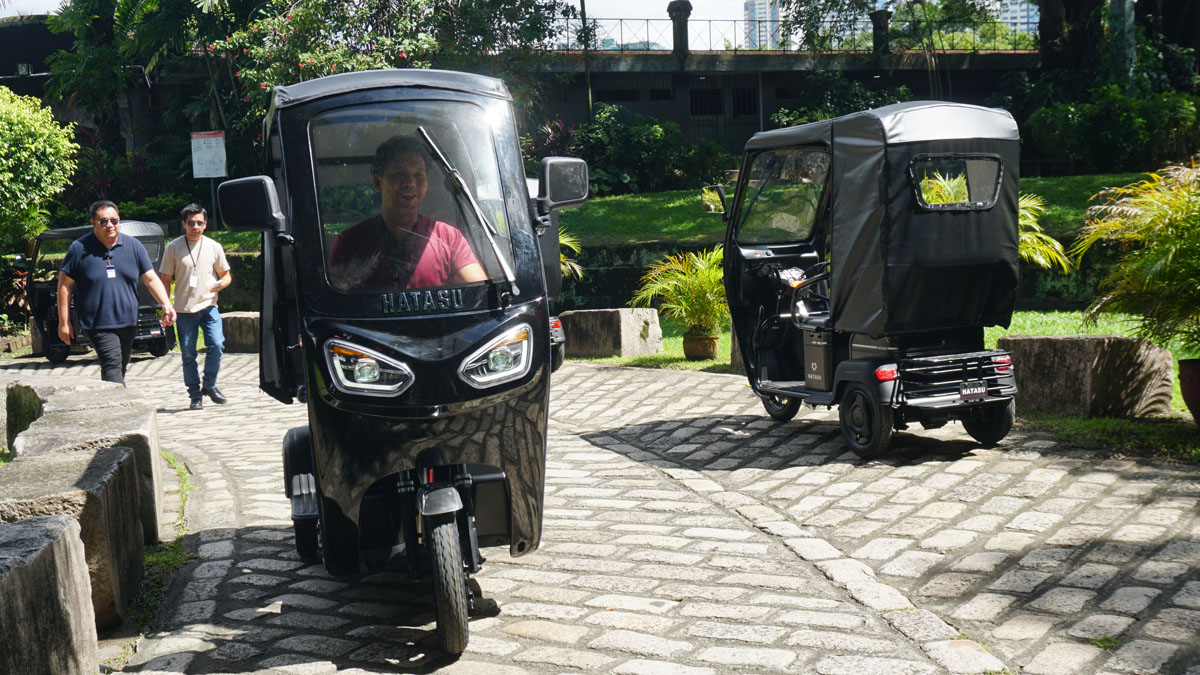
Since the onset of the pandemic, the government has attempted to promote new modes of transportation to provide the public with a safer way to get to work. Public transportation may have been the default mode of transport for many before the pandemic, but the risk of spreading or contracting the virus, has forced the government to consider alternate and safer modes of transportation.
This led to the creation of bicycle lanes in major cities in the country. Since bicycles are an affordable mode of transportation and the rider is out in the open instead of a confined space, there was much less risk of getting the virus. At the time, personal mobility vehicles were on the rise. Though more expensive than bicycles, their small size, relative accessibility, and use of electricity for propulsion rather than a gasoline engine were also much more favorable than vehicles. As a result, a lot of funding was poured into creating these bicycle lanes in major cities.
Today, the pandemic may be over but the bicycle lanes remain as many advocacy groups have praised their creation. It’s hoped that their presence on major roads will encourage many to take up personal mobility vehicles rather than use personal cars and hopefully help decongest roads and reduce urban pollution.
What vehicles are allowed?
As the name suggests, bicycle lanes are reserved primarily for bicycles, however, there are several other kinds of personal mobility vehicles that can use them.
Bicycles
These are the main vehicles the bike lanes were created for. To be specific, bicycles that use two-wheels and are powered by human muscle are allowed to use these lanes. Their riders do not need to register the bicycle, nor need a license to operate them. Of course, it’s recommended that they at least wear a bicycle helmet. Reflective gear and blinking lights on the bicycle or person are not required but will certainly be appreciated if they’re fitted.
Personal mobility scooter
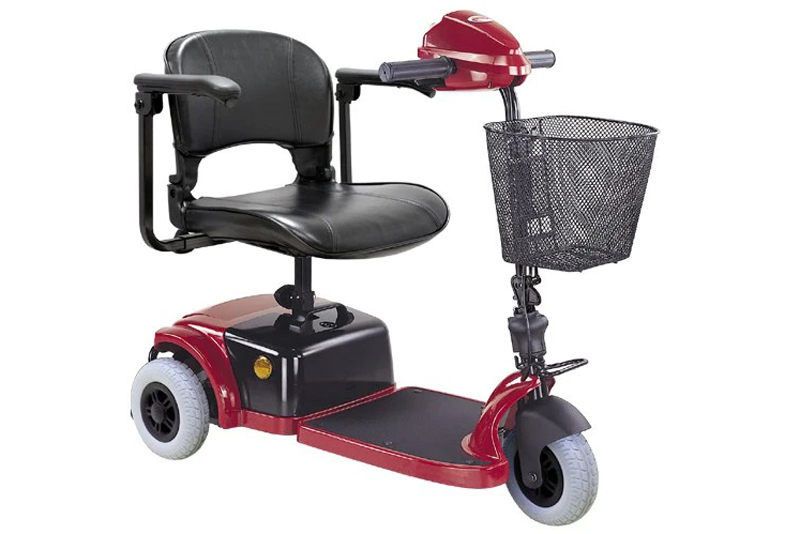
These devices are common in the US and Europe and typical used by elder vehicles or those with walking disabilities. They are essentially motorized wheelchairs and may have three-wheels or sometimes four. These vehicles are typically quite slow and most can not even travel faster than 20 km/h. As such, these are allowed on bicycle lanes and do not require a license nor registration to be on the road. The use of a helmet while operating them is not required.
Electric Kick Scooter

As the name suggests, these are kick scooters that are powered by an electric motor. These typically require the rider to be standing up while operating them. These typically roll on two wheels and are one of the more popular personal mobility vehicles of late. These vehicles are allowed on the bicycle lane, but not along EDSA (which is designated as a highway). Riders do not need to register these vehicles nor are they required to have a license. Because of the high riding position and the higher risk of injury in an accident, they are required to wear a motorcycle helmet when operating one.
Electric-assist bicycle
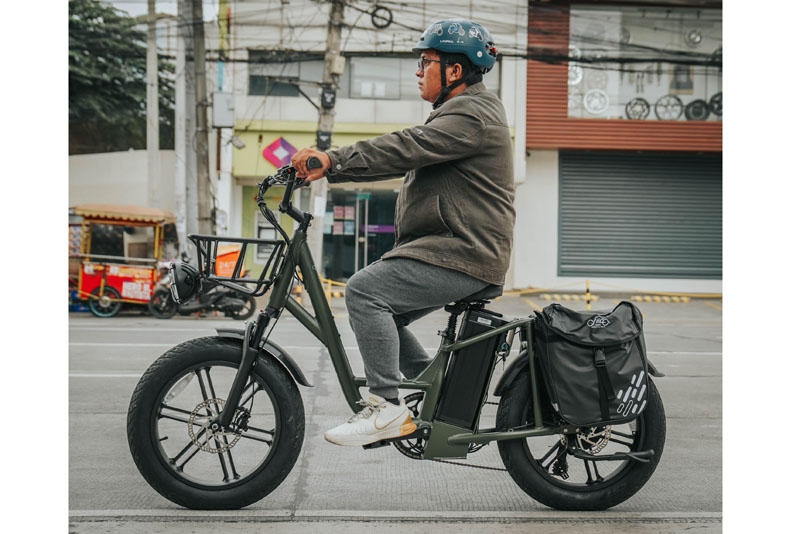
These vehicles (as long as their top speed does not exceed 25 km/h) are also allowed to use the bicycle lane. Electric-assist bicycles are still bicycles that have an added electric motor to assist on inclines or make cruising easier. Electric mopeds on the other hand are more like electric motorcycles that may sometimes have pedals so it may still be used when the batter runs out. The LTO classifies these vehicles under category L1a. These vehicles do not require a license or registration to be used on bicycle lanes. They are allowed on barangay roads and can only cross national roads. The use of a bicycle helmet is required.
E-trike (top speed of 25 km/h or slower)

Sometimes also called e-bike even though they usually roll on three-wheels, this segment (as long as their top speed does not exceed 25 km/h) are classified by the LTO under category L2a. They can sometimes come with a roof to shield passengers. These vehicles can use bicycle lanes. They’re also restricted to private roads and barangay roads. They can cross main roads and national highways but cannot traverse along them if there is no designated bicycle lane. The operator must be wearing a helmet to ride them. The operator must be wearing a bicycle helmet to ride them.
What vehicles are NOT allowed?
The rules should be pretty clear on what’s allowed. However, the trouble is the main delineation between the two e-bike categories which is their stated top speed. As you’ll see below, an e-bike with a top speed that can exceed 25 km/h (even though it is similar in form and weight to one that cannot) is automatically not allowed.
E-moped (top speed between 26 and 50 km/h)
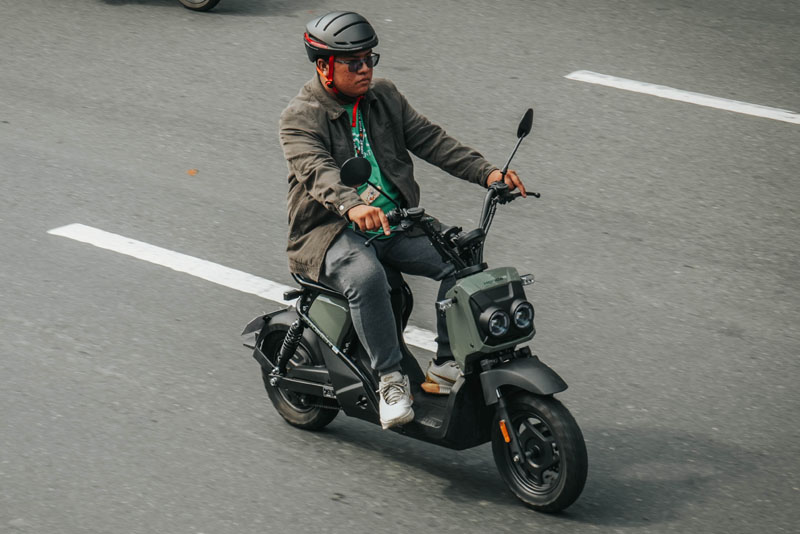
Like the former E-bike category, the vehicles in this segment can appear visually similar to slower E-bicycles with pedals but have a markedly different top speed. If the top speed does exceed 25 km/h but is not more than 50 km/h, it is no longer allowed in the bike lane. The LTO classifies these vehicles under category L1b. Operators are then required to drive it on the outer edge of local roads. If there is a bike lane on that road, that means outside the bike lane but still on the rightmost side of the road. Nonetheless, registration and license is still not required. They are, however, required to wear a motorcycle helmet.
E-trike (top speed between 26 and 50 km/h)
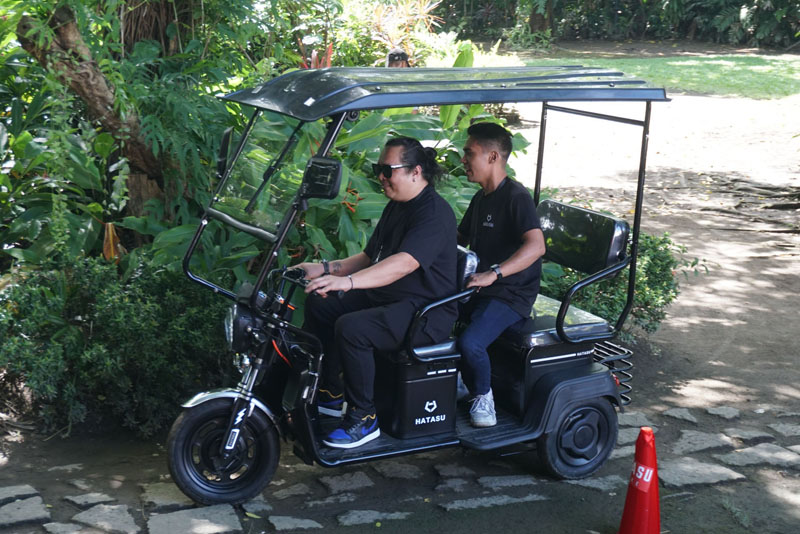
Like the former e-trike category, the vehicles in this segment can appear visually similar but have a markedly different top speed. If the top speed does exceed 25 km/h but is not more than 50 km/h, it is no longer allowed in the bike lane. The LTO classifies these vehicles under category L2b. They can sometimes come with a roof to shield passengers. Operators are then required to drive it on the outer edge of local roads. If there is a bike lane on that road, that means outside the bike lane but still on the rightmost side of the road. Nonetheless, registration and license is still not required. They are, however, required to wear a motorcycle helmet.
E-motorcycle (top speed of 50 km/h or faster)
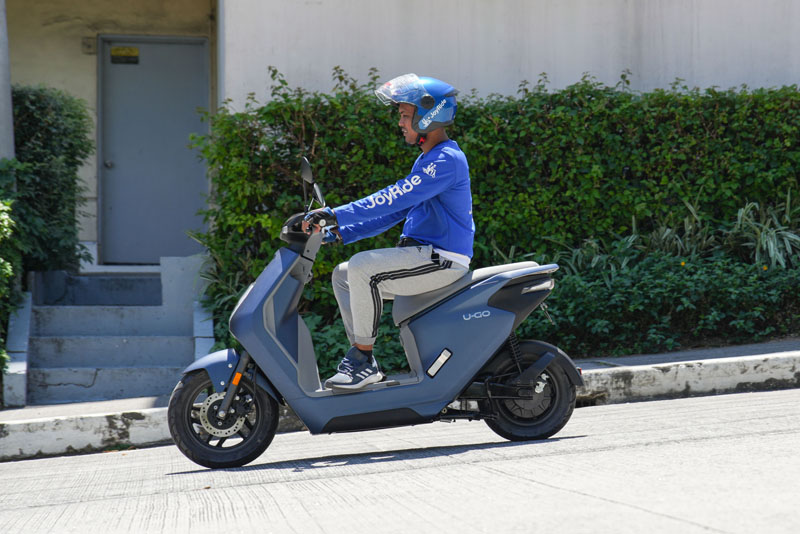
Finally, this is where the more powerful e-bikes fall under. Any e-bike powered by an electric motor that has a top speed greater than 50 km/h is already treated like a gasoline motorcycle. They are not allowed on bicycle lanes. Operators must register the vehicle and have the appropriate license to operate.
ICE Motorcycle
The government has stated many times that conventional combustion engine motorcycles are not allowed on the bicycle lane because they are faster, heavier, and can pose a safety risk when sharing the bicycle lane with lighter vehicles. These vehicles require registration and a license to operate, and as such, are already allowed on main roads.
Outdated laws
While this law is relatively new, it is already outdated as the personal mobility vehicle segment is growing rapidly, with manufacturers coming up with increasingly new models that cannot easily fit into the pre-defined categories.
Where would an e-bike that rides on four-wheels but cannot exceed 25 km/h fit in? What about one that can exceed 25 km/h? There’s also a personal mobility vehicle that just uses one wheel but can exceed 25 km/h. These new models cannot easily be classified with the current law and can leave both commuters and enforcers in the dark as to what’s allowed and what’s not.
A change coming soon

Because of the many complaints and incidents regarding their use on main roads LTO chief Assistant Secretary, Atty. Vigor Mendoza II, has said the agency will look into requiring registration and licenses.
Due to the proliferation of these vehicles and the confusion of both commuters and enforcers, the LTO is already considering requiring licenses and registration for e-bikes that do not exceed 25 km/h. After all, many drivers —some of which are minors or people with no knowledge of road rules —have begun driving them, posing increased danger to other users. We’ll find out soon if all these vehicles will eventually require a license.